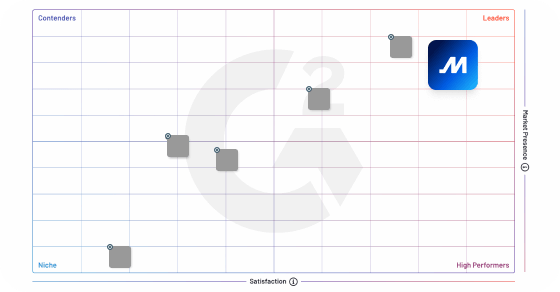The 8/2 split is a term used in the trucking industry to describe a specific type of work schedule. It refers to a way in which a driver’s hours of service are split over two consecutive days. This practice is commonly used to maximize a driver’s productivity while complying with federal regulations that govern the industry.
The 8/2 split works as follows: when a driver needs to take a break, they can take an 8-hour sleeper berth period followed by a 2-hour non-driving period. During this time, they are not allowed to drive, but they can perform other duties such as loading and unloading cargo or performing routine maintenance on their vehicle. This split allows drivers to rest and recover while still being available to complete their deliveries on time.
The 8/2 split is designed to help drivers comply with federal rules that limit the amount of time they can spend on the road. Under these rules, drivers are limited to a certain number of hours of service each day and each week. By taking shorter breaks and splitting their hours of service, drivers can make the most of their available time without exceeding these limits.
Frequently Asked Questions
How does an 8/2 split work?
In hours of service regulations, an 8/2 split refers to a provision that allows drivers to split their required 10-hour off-duty period into two segments. The first segment must be at least 8 consecutive hours in length, followed by a separate period of at least 2 consecutive hours. This split allows drivers to effectively pause their on-duty time and extend their driving window. However, it does not extend the maximum 14-hour on-duty limit.
What is an 8/2 split sleeper examples?
An 8/2 split sleeper refers to a sleep schedule commonly used by truck drivers, where they split their 10-hour rest period into two segments: 8 hours of uninterrupted sleep followed by a 2-hour nap. This helps them stay alert and comply with regulations regarding maximum driving time. For example, a driver may sleep from 10 pm to 6 am, then take a 2-hour nap from 2 pm to 4 pm.
What is the difference between 8/2 split and 7/3 split?
The main difference between an 8/2 split and a 7/3 split is the number of days a person works versus the number of days they have off. With an 8/2 split, a person works eight consecutive days followed by two consecutive days off, while with a 7/3 split, a person works seven consecutive days followed by three consecutive days off. Both are variations of compressed work schedules aimed at improving work-life balance for employees.



